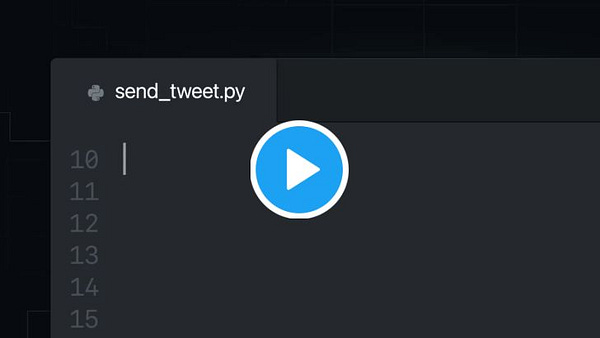“Then why would you build a robot that could function without them?”
— Del Spooner (Will Smith), “I, Robot”
What Got Me Thinking 💭
📝 Hasu | Understanding Automated Market-Makers, Part 1: Price Impact
📝 Jakub | Aave – The Road To $3 Billion
Academics used the earliest versions of the internet to share information. Now, we use it for business, shopping and TikToks. Blockchain technology may appear attractive now, but it presents incredible future opportunities. Smart contracts are the most significant advancements to date. They provide a glimpse into the future—for example, they enable a new level of software autonomy.
Autonomous Protocols
Imagine a company automated every single one of its business operations. Eventually, the owner fires everyone because they’re nonessential, and it’s more profitable. Theoretically, if the owner passed away, the business could continue functioning without him for years, without anyone knowing.
If companies operating without human intervention were a norm, how would the world look?
The future is now. For the first time in history, non-human entities can own and transact value. However, smart contracts take this idea a step further. These autonomous protocols are carrying out the functions of a company without any human intervention via the blockchain.
This type of code could completely redefine the concept of a “company”. What do you call ownerless systems that have the power to execute business operations? We’re embarking upon new terrain—automation 2.0. Protocols like Uniswap and Aave function more like money machines than companies because they can thrive without human maintenance.
Autonomy can take other forms too. For example, consider decentralised autonomous organisations (DAO) - algorithmic organisations with encoded governance. Smart contracts can dictate different levels of authority, behaviours and even upgrades. It’s becoming common for community votes to dictate roadmaps, partnerships and to remove bad players.
Final Thoughts
Crypto is redefining life as we know it. The idea of autonomous smart contracts, community-owned networks and DAOs may eventually become the new normal. It’s even challenging the need for privately-owned companies. Providing ownership through governance directly to the end-users may create more alignment, and better incentives could accelerate progress.
If you liked this content, let us know with a like, share and subscribe. 🙏🏾
Yes - I’m The Plug 🔌
Glossary of Terms - If you’re coming across terms you’ve not heard before (here or anywhere else, check them out in this helpful list of definitions).
I revisited some old videos from Andreas Antonopolous. He was the person who convinced me of blockchain technology’s value in 2017. It’s worth checking out his material regardless of how long you’ve been in the space.
Do You See What I See? 🗞👀
During a bull run, it’s been easy to develop a false long term view of cryptocurrency returns. One feature of mass adoption will probably be increased stability. However, yields will remain higher than current markets because of a reduced number of intermediaries. We’re also still early, and identifying early gems will always pay off.
We’ve been eagerly anticipating Ethereum 2.0 for years. However, it finally seems to be taking shape. The London Hard Fork has been live on Ethereum’s test network for almost two weeks. We expect it to hit the main network later this month. This new feature will progressively decrease the amount of Ethereum in circulation, making it increasingly scarce.
We’ve already seen some impressive startups leveraging OpenAI’s GPT-3. Now, Github joined the club with its newly launched product, Copilot. It automatically writes your code. No joke. The system has been “trained on billions of lines of public code”, and its capabilities are scary.
If you liked this content, let us know with a like, share and subscribe. 🙏🏾
🐦 Twitter | 🔗 LinkedIn | 👨💻 Indie Hackers | 🕵️♂️ Product Hunt | 📥 Personal Site






This is cool! I liked it.
Also, Richard, I need to hear from you regrading one of your graphs when you used to define online community. I'd like to use that graph in my forthcoming book.
Could you please let me know if it's possible? thank you!!!